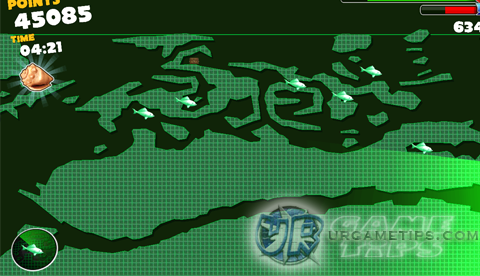

I just don’t think there are words to express what an amazing experience this was for me. It did feel good to go for a jog around town instead of having to face the Jacob’s Ladder again!Įveryone asks me if I had a good time, if it was scary, if we caught any sharks. One it was great to get home to my family, but as I was warned by the science crew it does take a couple of days to adjust to the usual schedule. Now that I am home and settled I still had a few things to share. Red Snapper caught and used for sample collection Paul Felts removing a hook Sometimes someone bigger swims by while a fish is on the hook Each ring is presumed to represent one year of growth.

There are three different types of ear bones however, sagittal ear bones (the largest of the three) will be sectioned through the core and read like a tree. For instance, carbon can help provide information about the basal primary producers, nitrogen can help to estimate the trophic level of the fish within the ecosystem, and sulfur can try to determine if the fish feeds on benthic or pelagic organisms. Each element looks into where that fish lives within the food web. We are using muscle tissue to examine carbon, nitrogen, and sulfur. Muscle tissue was collected to look at ecotoxicity within the fish (what it has been exposed to throughout out its lifetime) along with otoliths to estimate age. Red snapper were also sampled at times on the survey to look deeper into their life history and ecology. This shark had whole mural on the underside from the parasites Shark underside marred by parasite infection
#GULPERS HUNGRY SHARK EVOLUTION MAP GULPERS SKIN#
Sharks or fish caught with parasites were sampled to pass along to other researchers to use for identification purposes. Kristin showed me evidence of a skin parasite on several of the small sharks. Parasites… did you know sharks and fish can have parasites on them? Yes, they do and we caught a few on this leg. Ultrasounding female Sharp Nose sharks to see how may pups they were carrying. With the ultrasound machine on board we were able to use it on a couple of the sharpnose sharks and determine if they were pregnant . Occasionally sharks are captured and do not survive, but even these instances provide an opportunity to sample things like vertebrae for ageing studies or to look at reproductive stages. Everything the scientists do is geared towards collecting data and providing as many details as possible for the big picture. If anyone ever wanted or needed to they could trace that fin clip back to the specific shark, the latitude and longitude of where it was taken, and the conditions found in the water column on that day. Each fin clip can be tied to a specific shark that was also tagged. Fin clips were taken from certain species of sharks. They are also able to look at species compositions during a different time frame than the annual survey and different depth ranges with the much deeper sets. Now, an obvious question would be what do they do with all the data and the samples that were collected? The largest thing from this experimental survey is looking at catch data and the different bait types that were used to see if there were differences in the species caught/numbers caught etc. Fourteen days at sea allows for a lot of data to be gathered by the science crew. The ship and all the crew are safely back in the harbor. The second leg of the Oregon II’s experimental longline survey is now complete. Supposed to be 90 degrees today and then storms tomorrow. I am back settled into the crazy weather that is spring in Arkansas. Geographic Area of Cruise: Gulf of Mexico


 0 kommentar(er)
0 kommentar(er)
